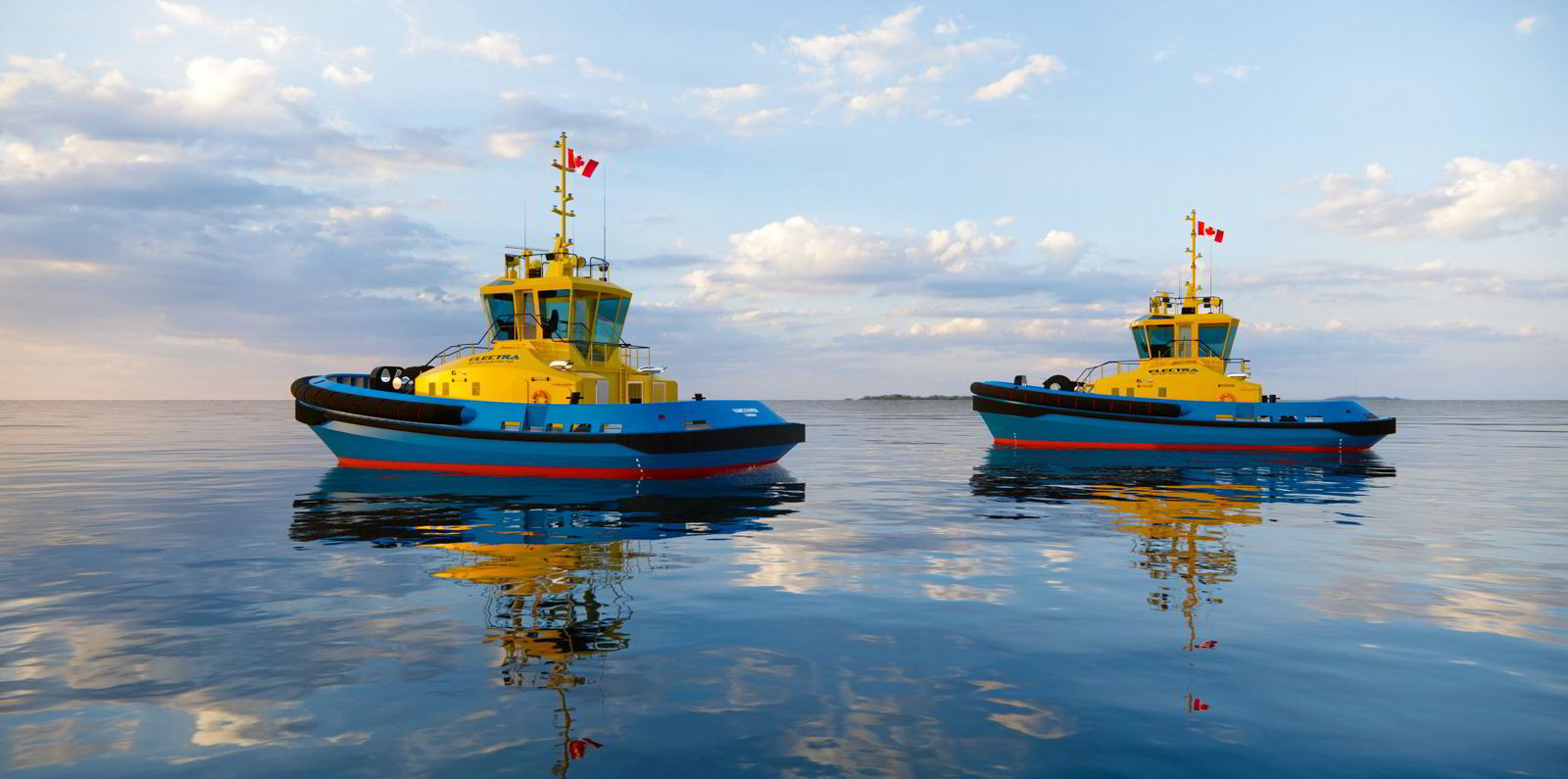SAAM Towage has agreed to operate two newbuilding zero-emissions 100% electric tugs in Vancouver, contributing to the greening of ports on North America’s West Coast.
The Chilean tug operator said it struck the deal with Canadian mining company Teck Resources and its part-owned Neptune Terminals to deploy the tugs, which will cut greenhouse gas emissions by 2,400 tonnes per year when they are operated to their full capacity.



